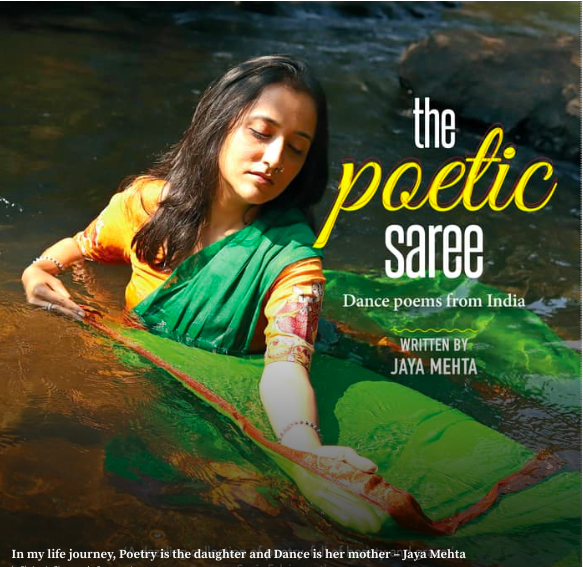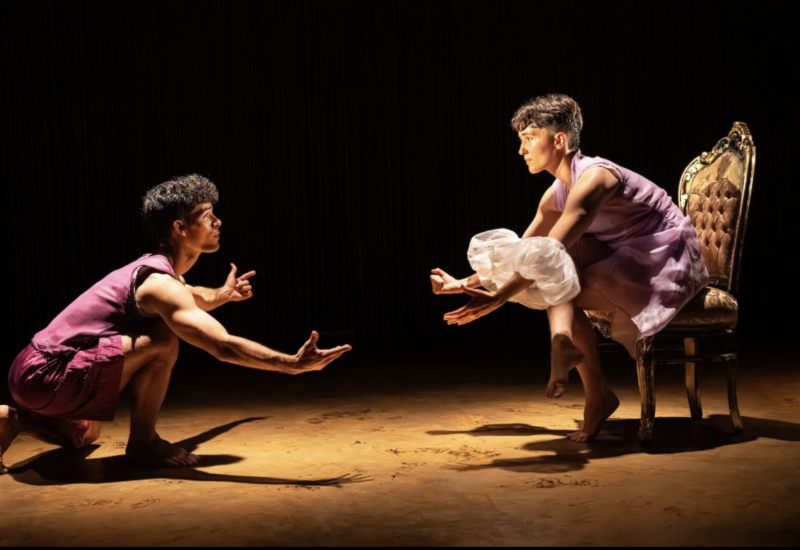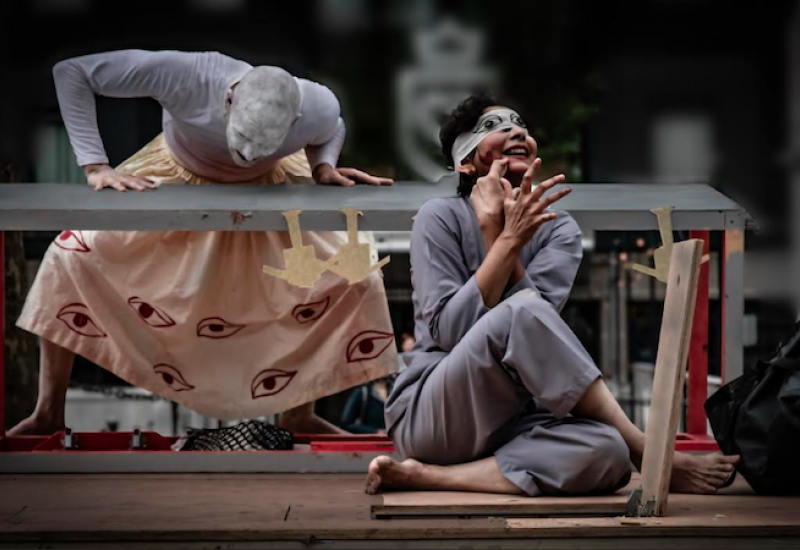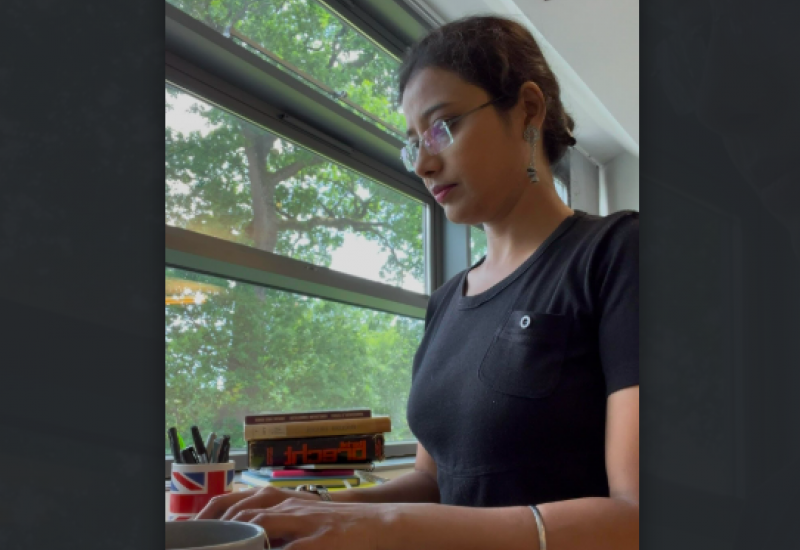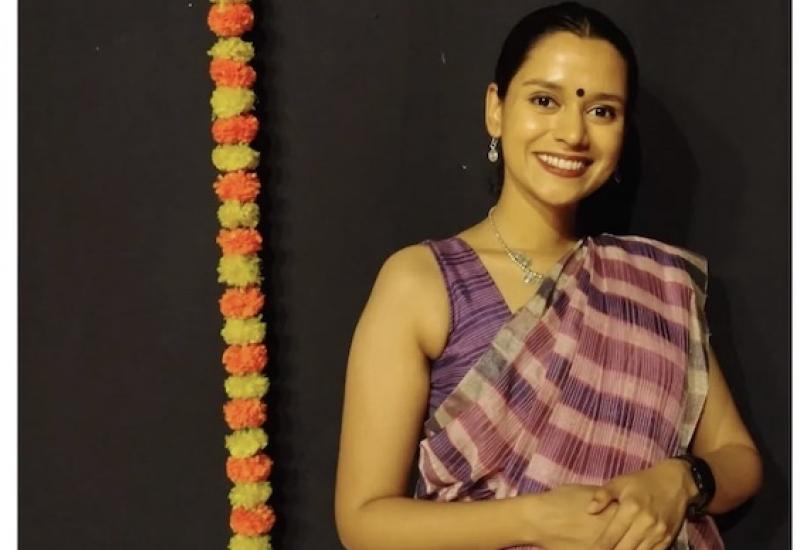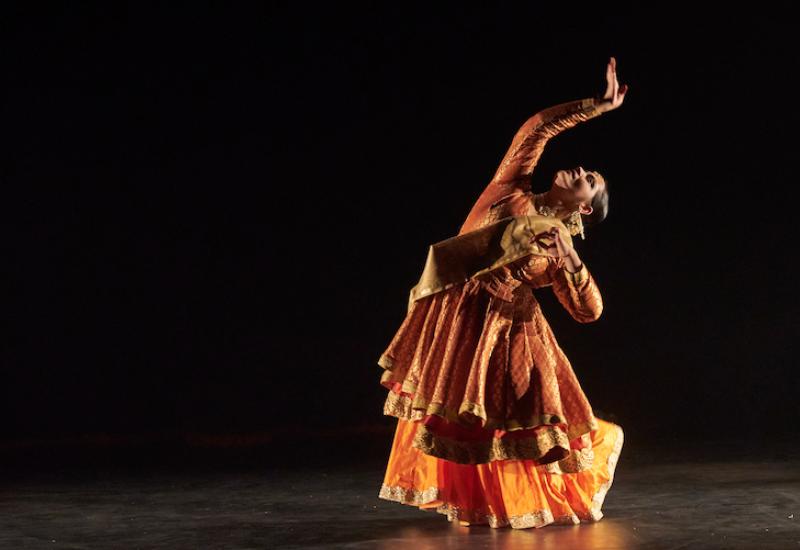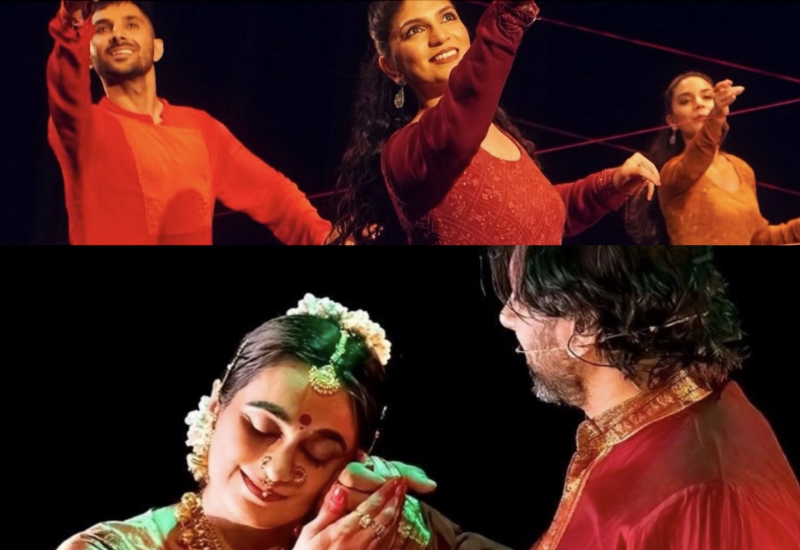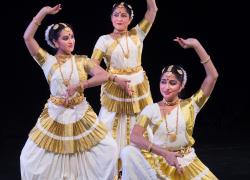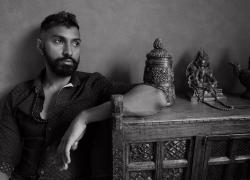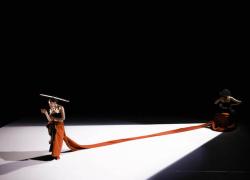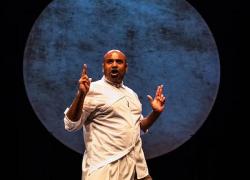The Poetic Saree
The Poetic Saree
Jaya Mehta
25 June 2019
Nehru Centre, London
This was a delicate, unpretentious, yet deeply felt performance. Jaya Mehta is an exponent of a rarely seen style of odissi dance, attributed to the figure of Guru Surendranath Jena. By interpreting temple sculptures of Odisha, perhaps in a more literal way than other odissi revivalists, Surendranath Jena developed a unique movement vocabulary that feels pristine with its reference to tantrism, its emphasis on lasya and its representation of a rich palette of emotions, including those, such as disgust and anger, that appear somehow whitewashed in the Guru Kelucharan Mohapatra repertoire.
I had read about this style and watched a few videos of dancers available online, but had never seen a live performance. Hence I was quite curious, and keen to attend Mehta’s presentation at the Nehru Centre last Tuesday. Once there, however, it did not take me long to realise that I was not going to witness a display of repertoire or technical skills. This was not a performance of or about odissi. Odissi just happened to be the dancer’s physical and emotional language, the source of movement, rather than the ultimate goal of the evening. And this was indeed quite refreshing to realise, as I could finally set myself to enjoy a piece of art for its sake, without mentally processing stylistic or idiosyncratic traits.
The performance was about poetry that Jaya herself has written and published. And while the performance was not about odissi dance, it was clear that the lyrics were deeply rooted in the felt experience of a dancer trained in a language that celebrates nature and honours the feminine. These were indeed feminine, sensual, deeply-embodied poems that resonated with the aesthetics of classical Sanskrit poetry, in particular as found in the Gitagovinda. Jaya performed to recorded verses, recited by Jaya herself and interspersed with rhythmic syllables (bols), instrumental music and singing, as well as natural sounds. A mustard yellow saree was lain across the stage throughout the forty-minute performance.
The poems were interpreted through movements that were refined but less formal and more naturalistic. There was no interruption between one piece and the next. Neither there was a strong palette of emotions represented, nor a sense of journey or development in the performance. Aesthetically, the performance, while elegant, beautiful and embodied, was not meant to satisfy the eye, but the soul. There was no concern with energy, dynamics or use of space. Indeed, in a way there was not dance as such, rather the interpretation of the poems emphasised gestures, toned down expressions and a naturalistic use of the body. Jaya’s eyes were twinkling throughout and there was grace and flow in the movements. This was a prayer, intimate, quiet, personal, and yet shared with the audience. There was a sense of projection, but this was spiritual rather than performative.
Nevertheless, the evening left me thirsty for some more vivid moments, willing to have seen a wider palette of emotions, craving to have witnessed the dance floor heating up with some rhythmic footwork, longing for a journey. But this evening was pastel-coloured. It was like a garland of jasmine flowers, with each bud slightly different, but yet substantially the same. And perhaps, this was what made the performance enchanting. A prayer in motion.

